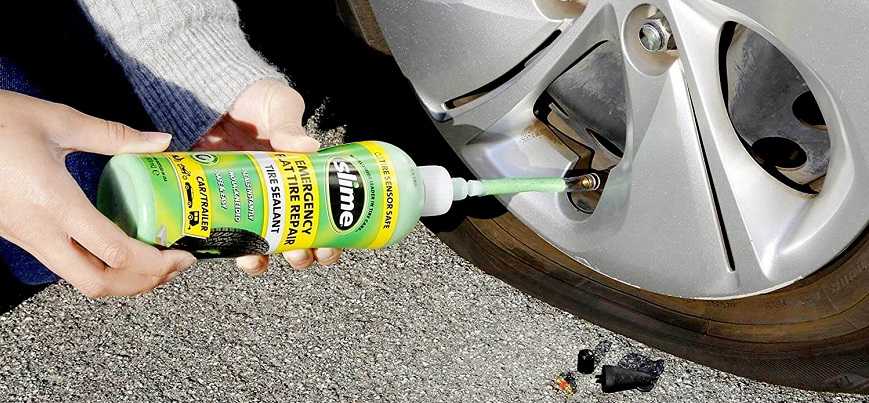Tips & advice
by: Dean Gibson
22 Apr 2021
22 Apr 2021
Tyres are a very important part of your car – after all, they’re the only components that remain in contact with the road surface. Because they’re your link between the car and the tarmac, it’s crucial that you keep on top of the tyres, and make sure they’re in a safe and roadworthy condition.
It’s definitely worth knowing what to look out for if you have a slow puncture. As its name suggests, a slow puncture means your car’s tyre gradually loses pressure over time, which means you could end up driving lots of miles before you notice there’s a problem.
You also run a higher chance of having a serious accident later down the line if you don’t realise one of your car’s tyres has an air leak. Drive too long with a slow puncture, and you could be on the receiving end of a major tyre failure that can put the safety of yourself, your passengers and other road users at risk.
There are early warning signs that can alert you to a slow puncture problem. While you’re driving your car, it may start drifting to the left or right sides of the road as the tyre deflates, and you may also hear a regular ticking-style noise if the slow puncture is caused by a piece of debris pierced and stuck in the tyre. Many cars nowadays also now come with tyre pressure monitoring sensors, which can alert you with warning prompts on the dashboard if the system detects a loss of tyre pressure – though, as not all cars are fitted with this tech, it’s best to not rely on this alone to warn you of a slow puncture problem.
If you catch a slow puncture early on, it may be possible to carefully drive the car for a short distance, as long as there’s still enough air in the tyre to keep it sufficiently inflated. However, because more air will leak out the more you drive the car, you should only do this if the journey is absolutely necessary. Regardless of how bad the puncture is, you should have the faulty tyre repaired or replaced as soon as possible.
However, because more air will leak out the more you drive the car, you should only do this if the journey is absolutely necessary. Regardless of how bad the puncture is, you should have the faulty tyre repaired or replaced as soon as possible.
So what are the signs of a slow puncture? Well, the Highway Code tells drivers to give their car a visual inspection before driving off, and hopefully, that will help you spot a slow puncture before it turns into something worse. If a tyre looks a little out of shape when compared with the other tyres on the car, that could be a sign of a flat or a partial deflation.
Another visual clue could be odd wear to the sidewall. If a tyre is dirty and has low pressure, then the sidewall will be in contact with the tarmac, which will 'scrub' the tyre clean, giving a better visual clue to a slow puncture by creating a black sidewall that you can pick out clearly through the dirt.
Of course, the other giveaway would be a piece of debris stuck in the tyre itself.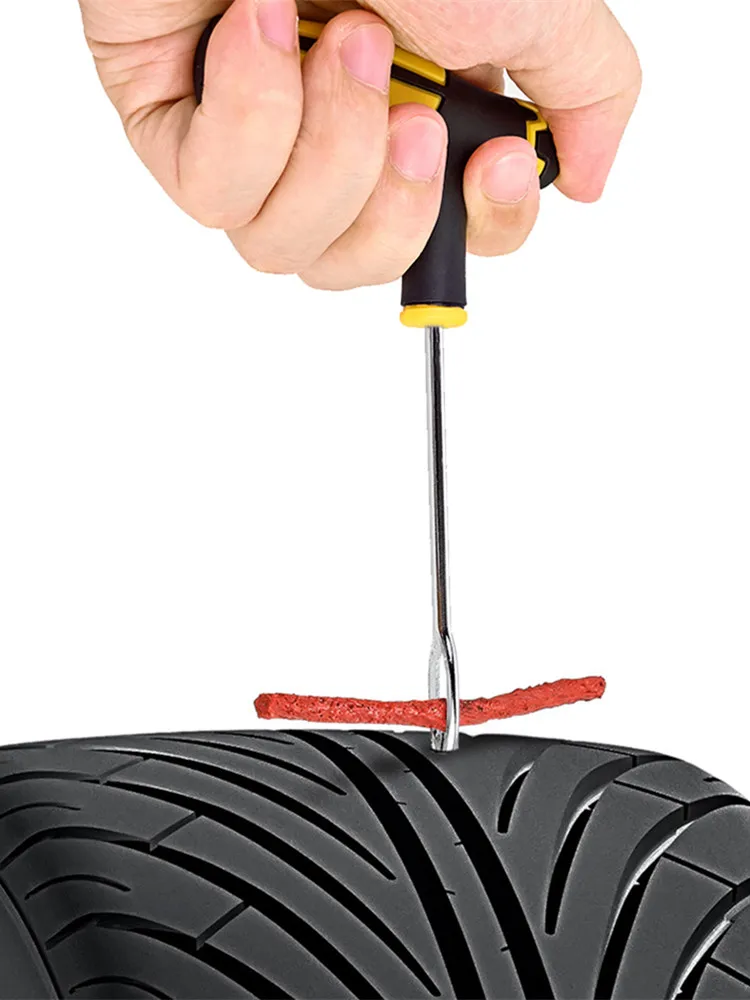 We're not saying you should get on all fours to give the rubber a proper inspection, but is there a screw or a nail that's obviously embedded in the tread or the external sidewall? If it's in the tread, it should be easy to spot, as the head will be polished clean if it's in contact with the road when you drive.
We're not saying you should get on all fours to give the rubber a proper inspection, but is there a screw or a nail that's obviously embedded in the tread or the external sidewall? If it's in the tread, it should be easy to spot, as the head will be polished clean if it's in contact with the road when you drive.
Every car owner should at least have a tyre pressure gauge that allows them to check their tyre pressures accurately. Our tests have shown which ones are the best, and if you buy a foot pump or automatic tyre inflator, then you should be able to easily see if a tyre is losing pressure.
• Complete tyre care guide
When you're driving, there will be audible clues to a slow puncture. It could be that a piece of debris in the tyre 'click-clicks' on the road for every revolution of the wheel. Or there may be additional road noise coming from a tyre that has less air pressure in it - if you think something isn't right, turn off the radio and shut the windows so you can hear things properly and identify if you have a slow puncture.
Modern cars are now required by law to have tyre pressure monitors fitted as standard. These use sensors in the wheel that detect a loss of pressure. As soon as one tyre drops a couple of pounds of pressure in comparison to the other four tyres, a warning will flash up on the dashboard to alert the driver.
If you do have a slow puncture, it's best to see if a repair is possible from your local garage, tyre fitter or a big chain like Halfords or Kwik Fit, and get it fixed as soon as possible. Driving on a slow puncture for any longer than necessary is dangerous because that slow puncture is more likely to become a fully flat tyre the longer you keep using it.
The usual culprit of a slow puncture will be debris that has pierced the rubber. If it's a nail or screw that has gone through the tread of the tyre (the flat part of the tyre that is in contact with the road), then it will be possible to repair the tyre with a rubber plug that a repair shop can fit.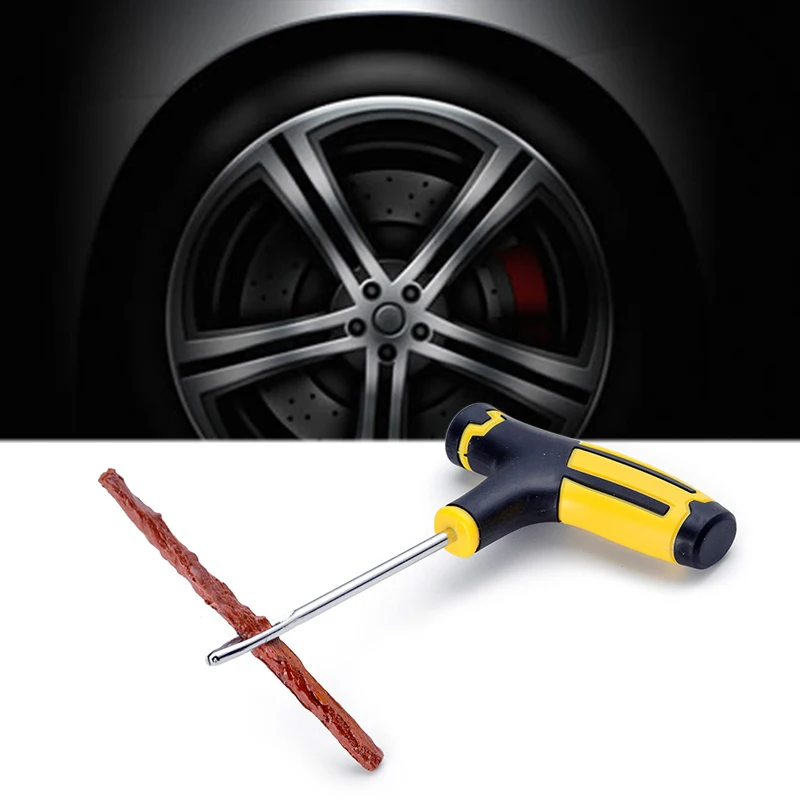 However, if the damage has happened to a high-performance tyre a repair of this type may not be possible, as some tyre speed ratings are not recommended for repair due to the higher stresses put upon them.
However, if the damage has happened to a high-performance tyre a repair of this type may not be possible, as some tyre speed ratings are not recommended for repair due to the higher stresses put upon them.
If the damage is to the sidewall of the tyre, then it cannot be repaired regardless of the tyre type. This damage will be to the main structure of the tyre that supports the tread, so it will weaken the tyre, which will affect its ability to perform properly.
You may be tempted to do a home repair with a puncture repair kit, which you will find in cars where a spare wheel is an optional extra. However, the 'gunk' that's used to seal the hole is only a temporary fix until the tyre can be properly repaired, so you'll end up having to get the tyre fixed anyway.
Another potential cause of a slow puncture is a corroded wheel. If a steel wheel is rusty, it might cause gaps where the parts of the wheel are welded together. On alloy wheels, corrosion is very different. If it's very severe, it could cause the metal in the wheel to become porous, allowing the air to slowly seep through the metal.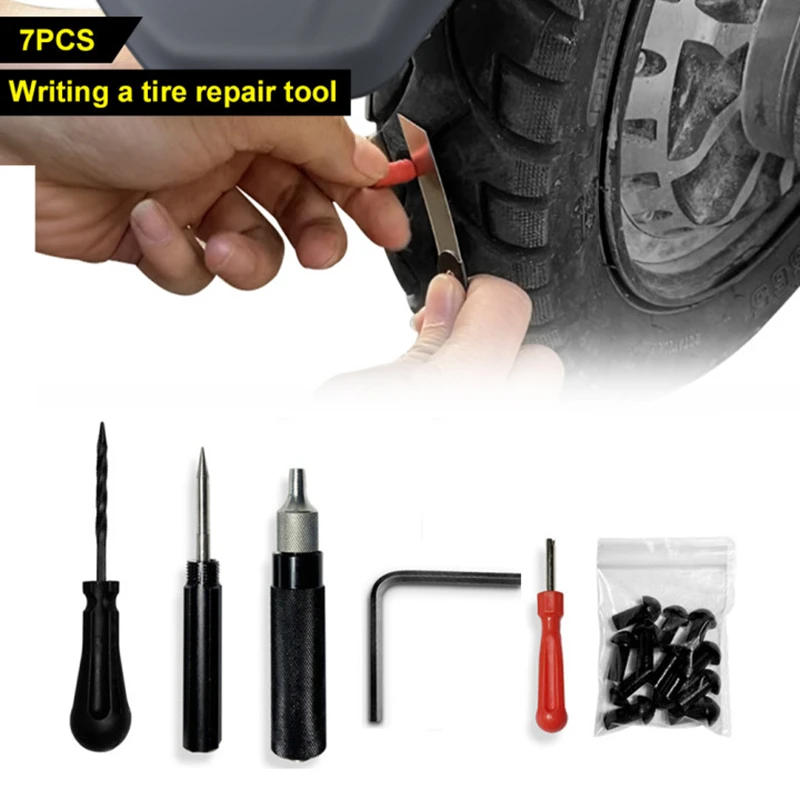 That's an extreme case, but it's also common with cars featuring magnesium alloy wheels, as magnesium is naturally porous.
That's an extreme case, but it's also common with cars featuring magnesium alloy wheels, as magnesium is naturally porous.
• Best tyre tread depth and pressure gauges
You could also suffer a slow loss of air if the wheel is kerbed or damaged in some other way. If the rim has a dent in it, that might be enough for air to seep out. Whether a wheel is damaged or corroded, you could seek advice from a wheel refurbishment company on whether a repair is viable, or replacement is the only solution.
In any case, the best advice is to stay on the lookout for slow punctures and other damage by checking your car tyres on a regular basis. If you detect a slow puncture, don’t ignore it as you’ll only be increasing the chance of a bigger problem developing at some point in the future. Get the tyre seen by professionals and either repaired or replaced as soon as possible.
Think you have a slow puncture? Take a read of our test to find the best tyres to help find a replacement.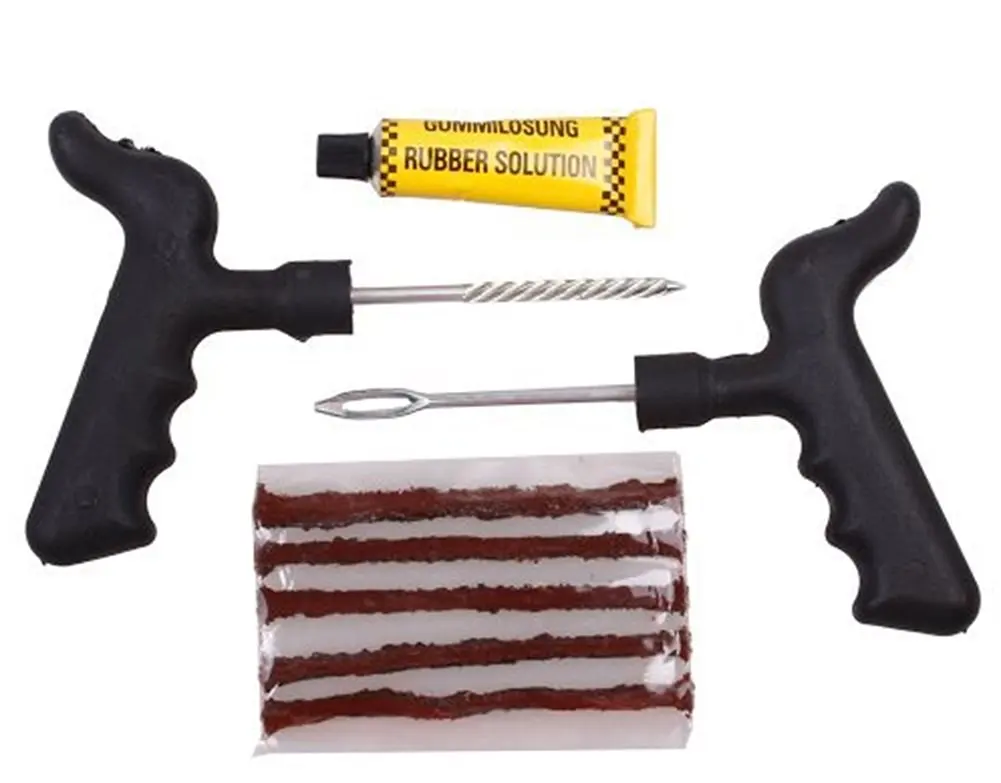 ..
..
Published on: Monday, 17th February 2020 | Author: Bradley Jando
Slow punctures are common, but they can also be very difficult to detect. This means that many of us could be driving around with a gradually deflating tyre for weeks or even months, without having any idea there’s a problem.
Let’s take a look at how slow punctures are caused, how to identify them and crucially, how to fix them.
A slow puncture is a tiny hole in a vehicle’s tyre, causing air to escape very gradually. It is unlike other larger punctures, which make themselves known almost immediately. If you suffer an ordinary puncture, you’ll notice the tyre deflating quite quickly. You may even be able to hear a gentle hissing sound coming from the tyre if you listen very carefully.
Both types of puncture can happen without the driver’s knowledge.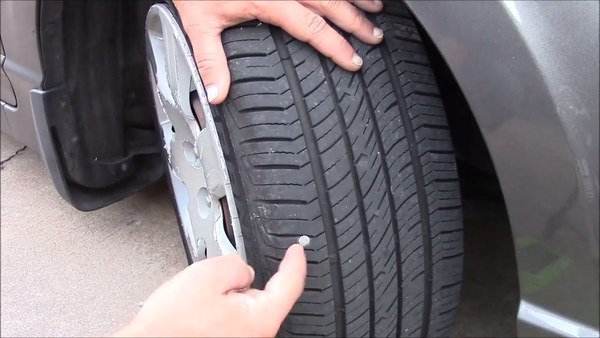 You may only spot a change in tyre pressure when you get home, or the next time you try to drive the car. But with slow punctures, it can take days or even weeks for deflation of the tyre to become obvious.
You may only spot a change in tyre pressure when you get home, or the next time you try to drive the car. But with slow punctures, it can take days or even weeks for deflation of the tyre to become obvious.
Slow punctures are usually caused by driving over something sharp, such as a nail, screw or debris in the road. You can also get one by hitting a particularly nasty pothole or a kerb, which causes damage to the wheel rim or the sidewall within the tyre.
A less common cause of slow punctures is a fault with the tyre valve. If the cap doesn’t seal the valve tightly enough, or the valve dust cap is missing, the tyre can start to lose air. Dust and grit could even get into the valve with the same result.
Finally, slow punctures can sometimes be caused by damaged wheel rims, particularly on older cards with steel rims where there’s a gradual buildup of rust.
While you may not notice a slow puncture at first, there are certain warning signs to watch out for when you’re on the road. For example:
For example:
 It is particularly likely to happen when driving on the motorway or at high speed.
It is particularly likely to happen when driving on the motorway or at high speed.As well as keeping a close eye out for warning signs of a puncture while driving, you should also do some basic checks before you get in the car. A visual check of your tyres could help you to spot an embedded object, as well as tyres looking a little more deflated than usual. You can also get yourself a tyre pressure gauge, a handy gadget that allows you to accurately check whether your tyres are actually losing pressure.
Slow punctures should always be looked at by an experienced, qualified technician as soon as they are detected. It may seem like a small issue, but if ignored it can turn into a major problem.
Neglected slow punctures can lead to larger leaks or tears, which can negatively impact safety and handling on the road. Your tyres are your vehicle’s only contact with the road, so they need to have good grip and performance.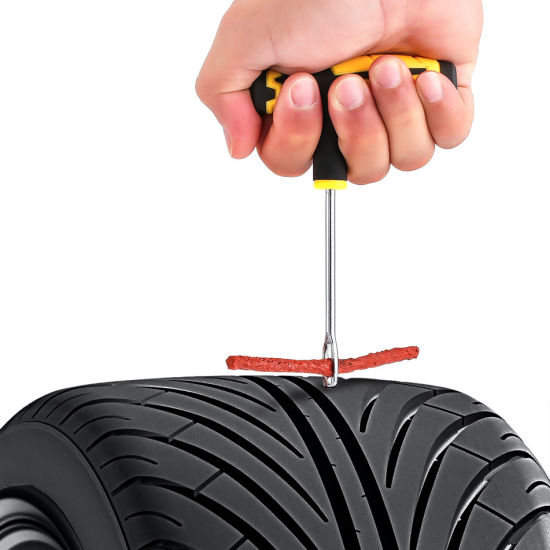 Crucially, they need to be in great condition so that you can maintain full control of the vehicle while driving.
Crucially, they need to be in great condition so that you can maintain full control of the vehicle while driving.
If you ignore a slow puncture, the worst case scenario is a tyre blowout or even an accident. So, as soon as you spot it, get it sorted.
In many cases, slow punctures can be repaired. It largely depends on what’s causing the problem. If there’s a nail or piece of embedded debris in the tread of the tyre, an experienced technician can simply fit a rubber plug to repair the hole.
However, such an easy fix may not be possible for high performance tyres. This is because these tyres are designed to withstand higher stresses than ordinary tyres, so they can’t have any vulnerabilities.
If your slow puncture has been caused by damage to the tyre sidewall, a dent to the rim or a corroded wheel, a repair may not be possible. In this case, a replacement tyre or other key component may be needed. Your repair centre will advise you on the best way to get your wheel and tyre back to full working order.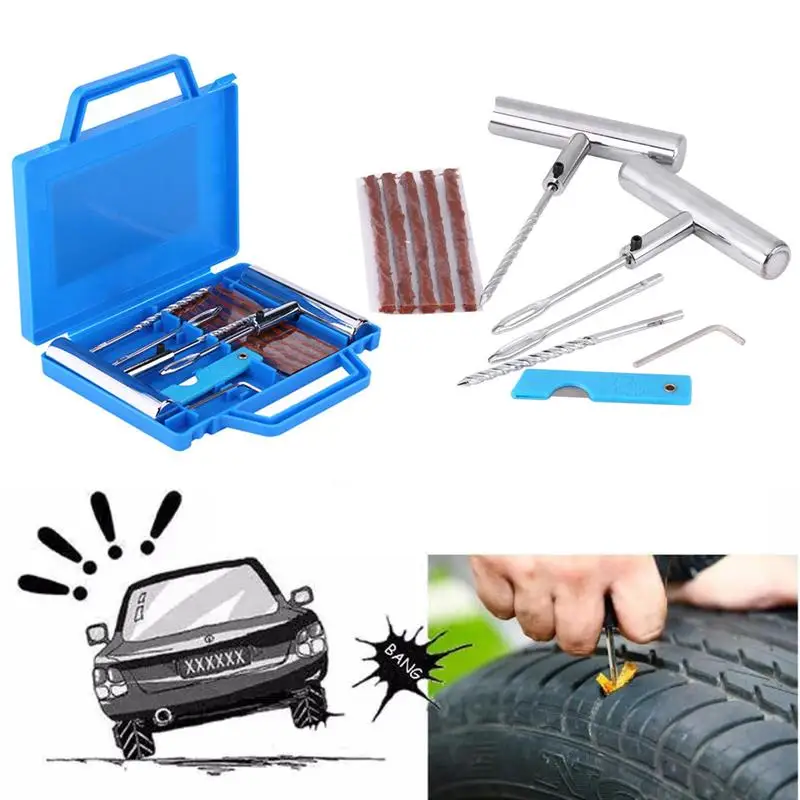
You may be tempted to repair slow punctures yourself, using a home DIY repair kit. This can do the job on a temporary basis until you can get professional assistance, but it isn’t recommended as a long-term fix for a slow puncture. The substances used in these kits won’t last, so you’ll eventually need to get the tyre fixed anyway.
If in doubt, always call in a professional. There could still be something embedded in the tyre, or a more serious issue (i.e. damage to the tyre sidewall) you aren’t able to detect. It’s not safe to drive on damaged tyres, and it’s just not worth taking the risk.
Tags : Advice Driving Tips
The absence of a spare wheel or a standard "roll-in" seriously complicates the situation. If the driver has the skills, you can put a temporary patch on the puncture, otherwise you will have to order a tow truck.
We recommend carrying a spare wheel, a repair kit for various occasions, the necessary tools, then you can get out of any traffic situation with dignity.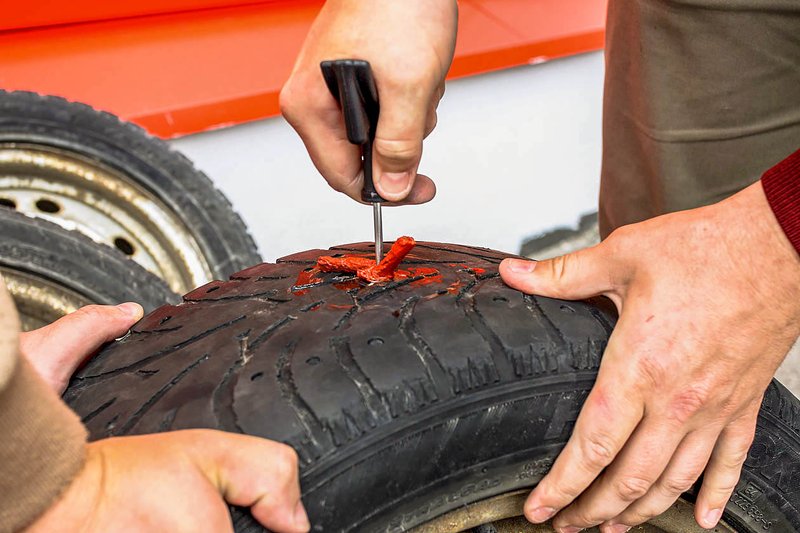 If all this is not there, then you can drive on punched rubber a short distance to a service station or tire fitting. We are not talking about hundreds of kilometers of travel, we are talking about a short distance.
If all this is not there, then you can drive on punched rubber a short distance to a service station or tire fitting. We are not talking about hundreds of kilometers of travel, we are talking about a short distance.
Leakage of air from a car tire can occur in different situations. At the same time, punching is not necessary, there are other unforeseen and unpleasant situations. Most common:
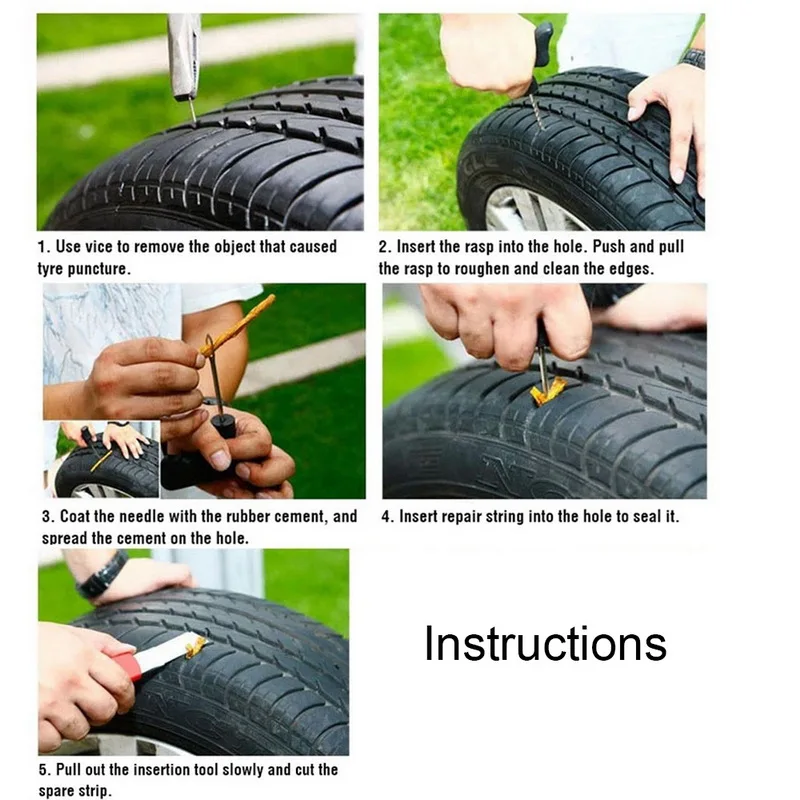 In this case, both the main part of the tire and the side part can be damaged. The side part is thinner and easy to cut. Particularly dangerous in this regard is careless driving along the roadsides, near the curbs, in a rut with sharp edges. A tire after a cut is practically not recoverable, it only needs to be replaced with another one.
In this case, both the main part of the tire and the side part can be damaged. The side part is thinner and easy to cut. Particularly dangerous in this regard is careless driving along the roadsides, near the curbs, in a rut with sharp edges. A tire after a cut is practically not recoverable, it only needs to be replaced with another one. Potholes or bumps in the road can be a serious problem. Hitting such an obstacle at high speed can lead to deformation of the car disk, subsequently to damage to the rubber. Very serious damage, which is impossible to fix on your own, without the use of special equipment, you need to go to a tire service.
Use of used car tires - adhere to manufacturer's specified service life. Otherwise, the wheel may deflate due to high wear. There is a risk of explosion directly during operation.
Otherwise, the wheel may deflate due to high wear. There is a risk of explosion directly during operation.
Problems exist with tubeless tires - the fitting sometimes does not fit well on the disc, air leaks.
The main causes that lead to damage to car tires and air leakage are indicated. Whether it is possible to drive on a flat tire is determined by the driver himself, taking into account his experience and capabilities.
Driving with a flat tire is not recommended. Driving a car is significantly more difficult, there is a risk of getting into an accident, creating a threat to other road users.
Among the main problems that can lead to driving with low tire pressure are:
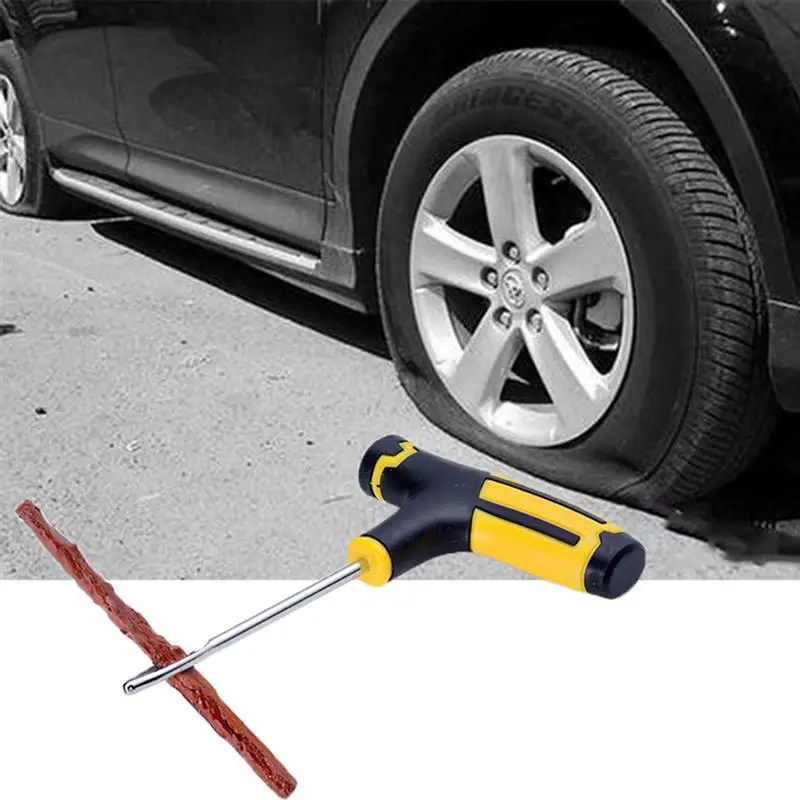
A flat tire is a serious hazard. Each driver must understand this and take all necessary measures to eliminate the problem. In no case should a puncture be ignored, at high speed the situation can completely get out of control. The ideal would be to replace the wheel with a spare, repair at the nearest tire shop.
A car tire is a complex system. Consists of different elements. Manufacturers use special technologies and materials to provide the declared driving characteristics of the car. The special pattern on the main part of the tire has its own functionality, and does not serve solely for beauty. Any deviation from the norm leads to a decrease in the functionality of the tire, respectively, the car loses its qualities. Its use becomes unsafe until the problem is solved.
Summer Drive Protection Sound Comfort
Rating:
4.5
Tires Goodyear Eagle F1 Asymmetric 3 SUV
Summer Drive protection
Rating:
4. 5
5
Tires Goodyear Eagle Sport TZ
Summer Drive protection
Rating:
4.5
Tires Goodyear EfficientGrip 2 SUV
Summer Drive Protection Run On Flat
Rating:
4.5
Tires Goodyear EfficientGrip Performance
Winter Drive protection
Tires Goodyear UltraGrip Arctic 2 SUV
Winter Drive Protection Sound Comfort
Rating:
4. 5
5
Tires Goodyear UltraGrip Ice 2
Winter Drive Protection Sound Comfort
Rating:
4.5
Tires Goodyear UltraGrip Ice SUV
Winter Drive protection
Tires Goodyear UltraGrip Performance+ SUV
All season Drive Protection
Rating:
5
Tires Goodyear Vector 4Seasons Gen-3 SUV
Summer Drive Protection Run On Flat
Rating:
4
Tires Goodyear Wrangler HP All Weather
All season Drive Protection
Rating:
4.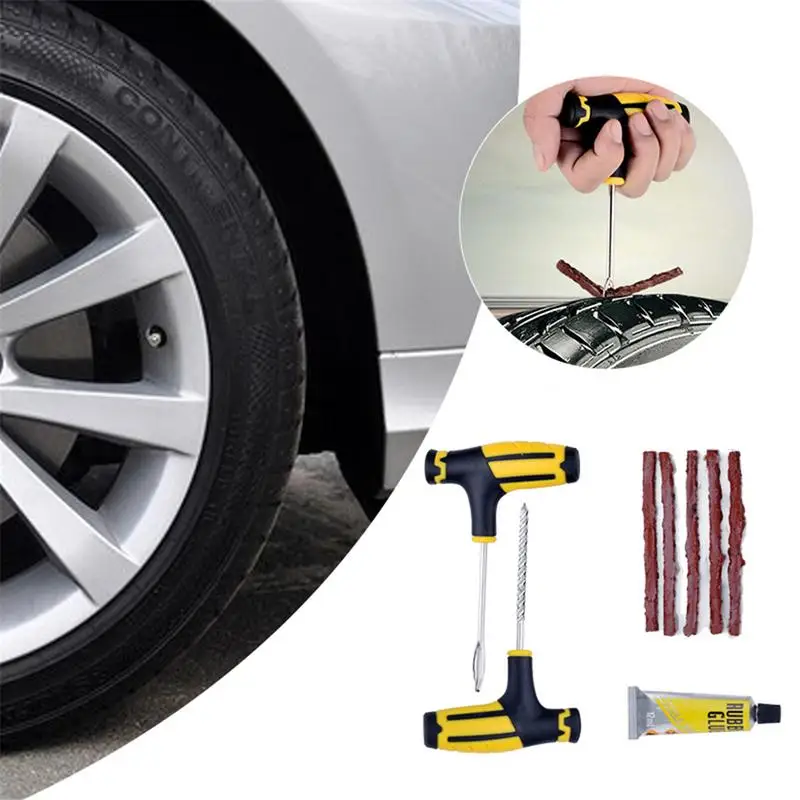 5
5
Tires Goodyear Vector 4Seasons
Summer
Rating:
4.5
Tires Goodyear Wrangler All-Terrain Adventure with Kevlar
Summer Drive Protection
Rating:
4.5
Tires Goodyear EfficientGrip SUV
Summer Drive Protection Run On Flat
Rating:
4
Tires Goodyear Eagle F1 Asymmetric SUV
It is worth noting that under no circumstances should you drive with a completely flat tire.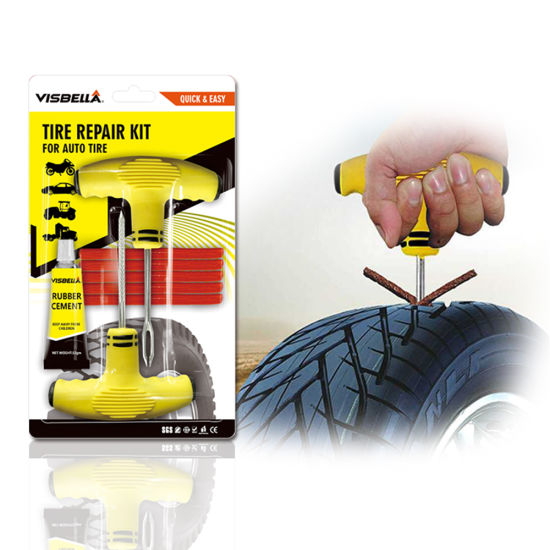 The situation can get out of control of the driver at any time, the tire will fly off the disk, he will receive damage that will lead to new problems. It's best to call a tow truck, no matter the cost.
The situation can get out of control of the driver at any time, the tire will fly off the disk, he will receive damage that will lead to new problems. It's best to call a tow truck, no matter the cost.
An exception to the rule may be a tire in which some air is still left. You can try to get to a service station or tire fitting. You can also try to inflate the tire to give yourself more time.
Low pressure driving is possible subject to the following rules:
The average distance allowed to drive with a half-flat tire is 10 kilometers. This is only allowed if the above rules are observed.
Delays in dealing with low tire pressure, punctures or other damage will result in negative consequences.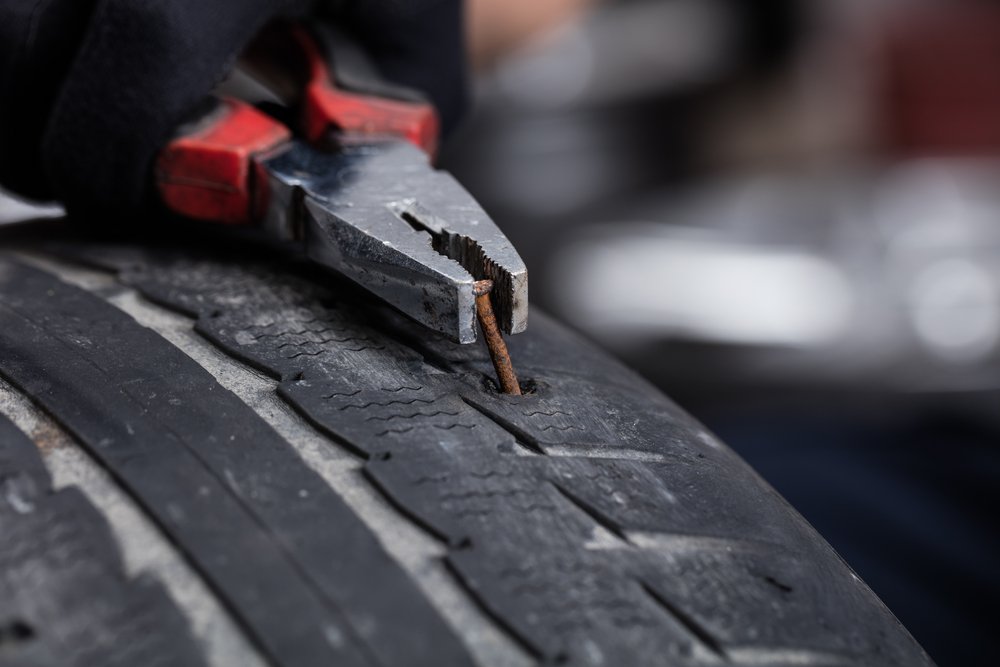 There may be problems with the operation of the following systems:
There may be problems with the operation of the following systems:
A car with flat tires is a danger to other road users and its driving characteristics are affected.
It must be understood that movement with insufficient pressure leads to deformation of the rubber. You run the risk of completely damaging the tire, subsequently replacing it with a new one. Therefore, the decision to drive on half-flat tires must be made carefully, carefully evaluate all the consequences and alternatives. For example, estimate the cost of replacing, repairing other damage with the price of a tow truck or calling a mobile tire fitting team.
For example, estimate the cost of replacing, repairing other damage with the price of a tow truck or calling a mobile tire fitting team.
The maximum speed on a car with a half-flat tire depends solely on the characteristics of the tires, the type of vehicle, and other nuances. When accelerating to a speed of more than 30 km / h, complete disassembly is possible, the tire flies off the disk.
We recommend that you have a spare wheel with you, which is supplied with the car by the manufacturer, a repair kit. You will be able to revive the wheel for a while, it will not deflate and it will be possible to get to the tire fitting.
from 1 hour
Leave the application to 11.11 and receive a personal discount for the service
/ of 2800 ₽
Find out the cost of tire fitting for your car
ATTENTION PRICES ARE FOR CARS
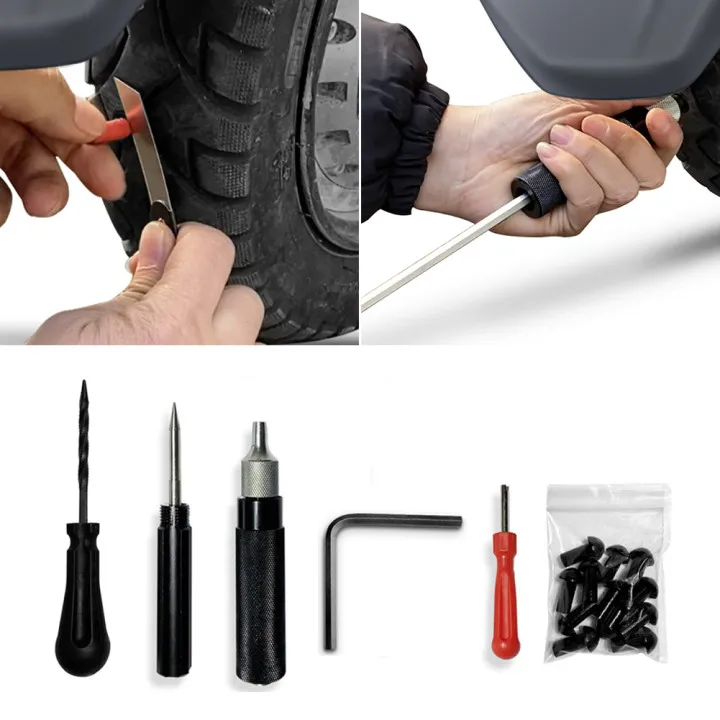 For an individual cost estimate, please consult with a specialist.
For an individual cost estimate, please consult with a specialist. Call for exact pricing: +7 (499) 455 59 70 or leave a request, we will call you back.
Installation of wheels of all possible sizes. Disposal of old tires and wheels. Balancing. Repair of damaged tires (punctures, cuts). Rolling discs when they are damaged. Checking and correcting tire pressure. Tire inflation with nitrogen.
Our priorities are low prices and responsibility. When performing tire fitting works, our specialists use only high-quality and time-tested consumables. At the disposal of the detailing studio is a complete set of modern tire fitting equipment. This allows masters to easily and quickly cope with both elementary and complex and non-standard tasks.
This allows masters to easily and quickly cope with both elementary and complex and non-standard tasks.
Car tires are exposed to intense daily use which, if improperly installed, causes rapid wear and can cause serious accidents. When choosing tire fitting services, you should be absolutely sure of the competence and professionalism of the masters.
Open every day, seven days a week 24/7
coffee.
"Avtopersona" will perform a full range of tire works at affordable prices at a high level. All work is carried out on German and Italian equipment with strict observance of the tire fitting technology, which avoids mistakes and saves the client's time.
We also offer replacement of old wheels and tires with new ones. We select a replacement by manufacturer, year of manufacture, engine modification and tire model. Old tires and wheels are recycled.
Tire service
Removal or installation of a tire on a rim.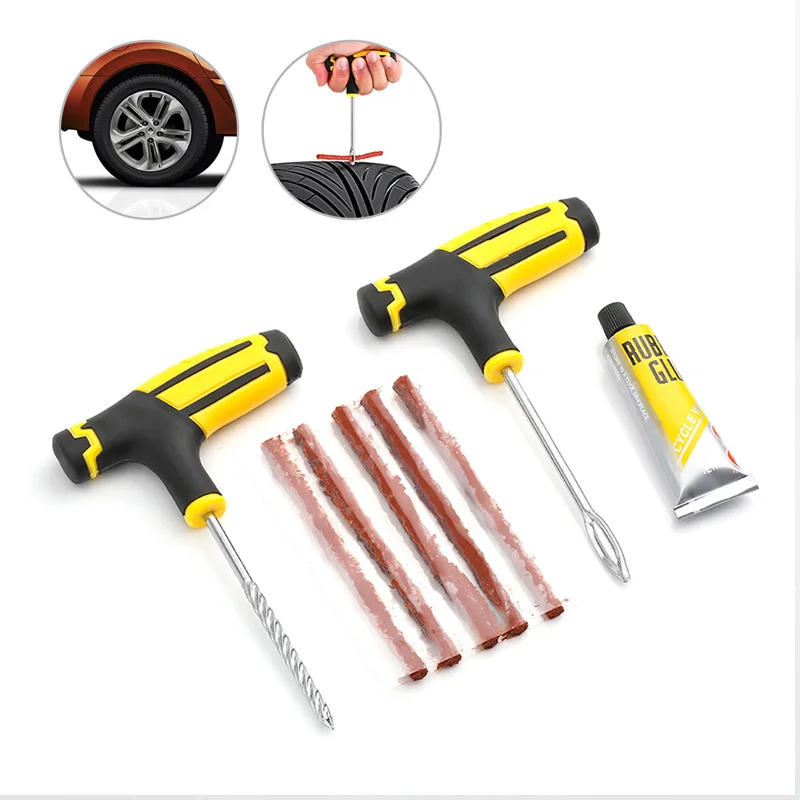 Tire fitting is carried out during the seasonal change of rubber, or for its repair.
Tire fitting is carried out during the seasonal change of rubber, or for its repair.
Tire fitting includes the following list of works:
During installation, a special professional lubricant is used, which ensures the impermeability of the wheel, prevents the development of corrosion of the disc.
It is not recommended to do the work yourself, as an incorrectly adjusted wheel can cause serious damage to the suspension and other controls, resulting in the need for costly repairs.
Wheel balancing
The service is used to eliminate horizontal and vertical wheel oscillations, which would otherwise lead to uneven tread wear, problems with transmission, suspension, discomfort for the driver and passengers during a trip to the car.
Imbalance of the wheel assembly is eliminated by installing balancing weights. After balancing each wheel separately, the wheels are installed on the car, and the final balancing is performed, as well as the regulation of the transmission, suspension and braking system units.
Balancing work must be carried out regularly.
Tire Repair
Cuts, punctures, and other damage to any area of the sidewalls and tread will reduce tire performance and road safety. Tires with damage must be replaced with a new one or repaired.
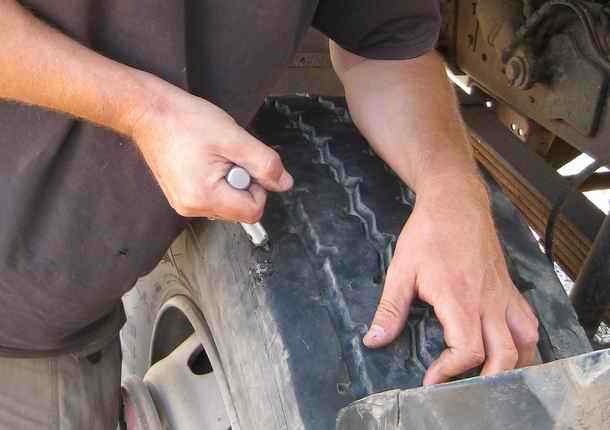
Vulcanization is possible if the carcass and bearing part of the tire has not been damaged.
The area of damage is cleaned and dried, the hole is filled with technological compound, then hot pressing of the tire is carried out on special equipment.
Mushroom cap serves as a patch, the stem is threaded from the inside of the tire to the outside. After the patch is glued, the leg is cut flush with the surface of the tire, the tube is inflated. As a result, not only the damaged surface of the tire is closed, but also the hole.
Tire pressure monitoring and correction
Proper tire pressure ensures optimum fuel consumption and durability of vehicle wheels. If the parameter is exceeded, then the car will seem to jump on uneven roads, since an excessively hard tire reduces the adhesion of the wheel to the roadway. In addition, such a tire can be damaged by a stone or a pothole, the tread pattern is unevenly erased on it.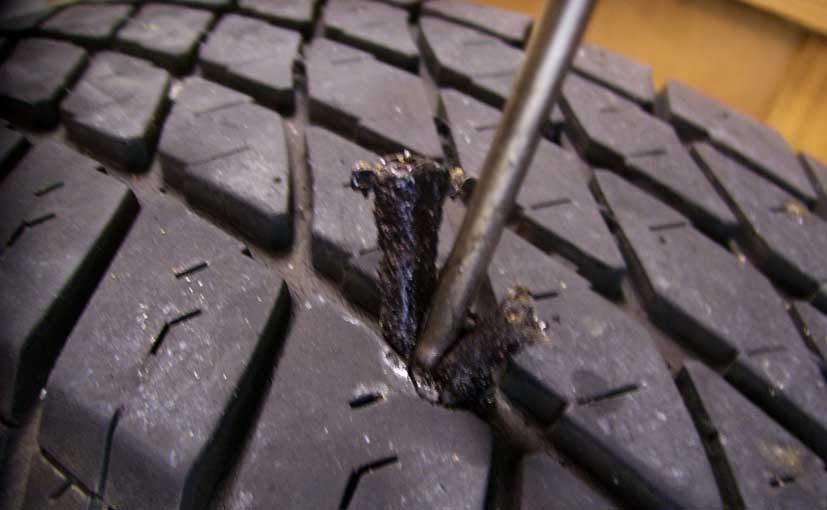 At the same time, overinflated tires make it easier to drive a car, as they increase the stability of the vehicle, so the pressure in the wheels of racing cars should always be higher than normal.
At the same time, overinflated tires make it easier to drive a car, as they increase the stability of the vehicle, so the pressure in the wheels of racing cars should always be higher than normal.
If the indicator is below the norm, then the tire wears out faster than usual, and fuel consumption also increases. In addition, the owner will need to buy 540 liters of gasoline for 20,000 km.
A car with half-flat tires is not stable on sharp turns, slows down much longer than usual, steering becomes more difficult, which can lead to an accident.
A specific tire pressure is recommended for each car model. It is impossible to exceed this figure, as well as to determine the tire pressure indicator by eye. Pressure control is carried out with a pressure gauge in the tire on a “cold” car, which has stood in place for several hours. If the pressure is low, then the wheel is pumped up by means of a compressor; if it is high, then the air is released by pressing the nipple.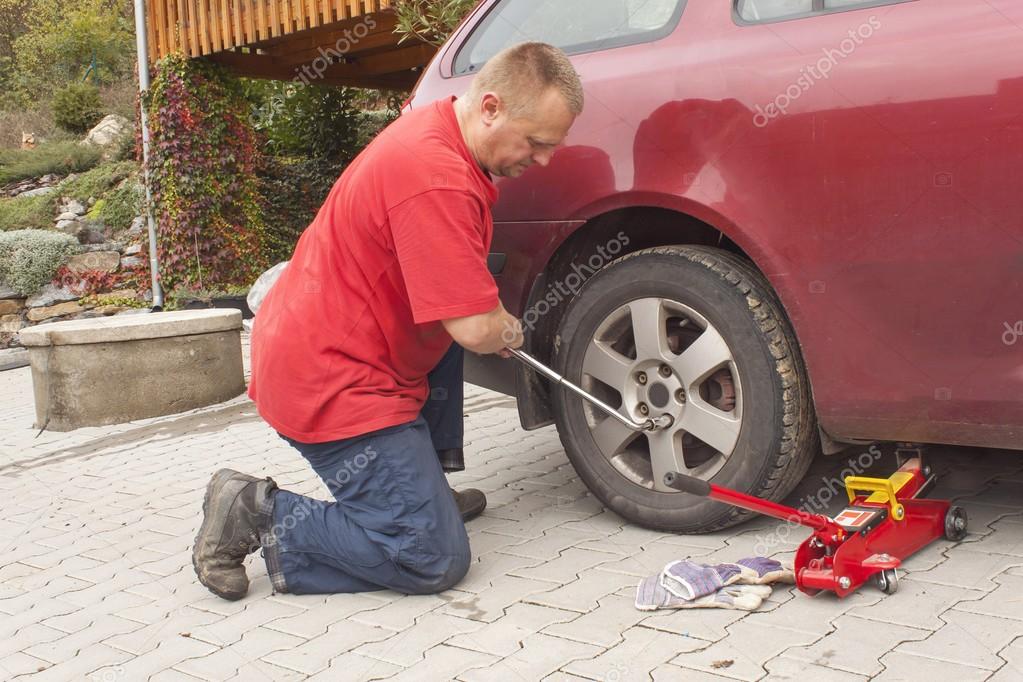 All tires must have the same pressure!
All tires must have the same pressure!
Tire pressure must be checked at least once a month, in winter once a week.
Inflating tires with nitrogen
The use of a gas mixture instead of air to inflate tires has the following advantages:
wheels are easier and softer to overcome the unevenness of the roadway;
makes steering easier;
eliminates tire pressure drops, which guarantees a comfortable ride in cold and hot weather;
does not oxidize and damage the wheel and disc from the inside, which increases their durability.
Rolling of alloy wheels
The service is relevant when changing the geometry of wheels. Work begins with damage measurements, then the specialist processes the deformed surface on the machine, after which the disk acquires its original shape. Upon completion, it may be necessary to paint the straightened part of the disc, which is much cheaper than buying a new one.